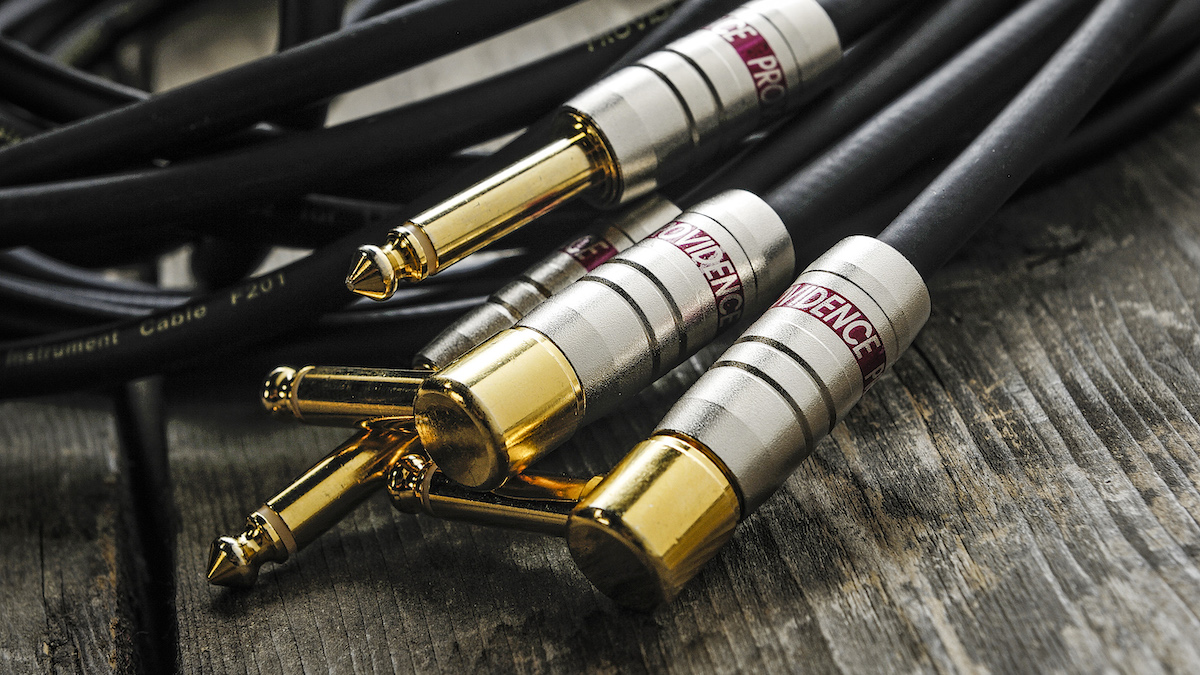As electric guitarists, we all know that are an essential part of our rig. We plug one end into our guitar, the other end into an amp or pedal, and we’re off – but how do guitar cables actually work? In the simplest terms, a guitar cable carries the signal produced by the guitar’s pickups to wherever it needs to be. The signal produced by (passive) pickups is quite weak; it’s a low DC current with a small voltage.
This then passes through the cable and is eventually amplified by your amp, and the signal is heard through the speaker. You might also hear guitar cables being referred to as leads, or cords – but all these terms are interchangeable. In this piece we’re going to look at everything from the materials most cables are made of, exactly how they work, plus explore how factors such as capacitance and cable length can have an impact on cable performance.

Most guitar cables are constructed using a copper core – you might see other high-conductivity materials being used here, such as gold, but copper is most common – as the aim is to transfer the signal from one end to the other. Next up is an insulating layer, then a wire-braided shield to help prevent external interference. Finally, cables have a durable, but flexible outer jacket.
Guitar cables are unbalanced – that means that only one copy of your signal is passing through it. This is opposed to a balanced cable which carries your signal alongside an inverted version of it – this helps cancel out any.
















